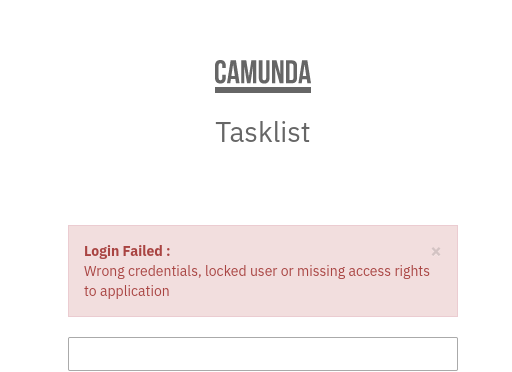Good day,
I’m tripping over such a problem - the moment I scale Spring Boot Camunda 7 app to 2+, I can no longer auth through the web. After a second of thinking, I’m getting a Wrong credentials, locked user or missing access rights to application.
I did go with that approach, and it did seem to work, but apart from me not meddling with Spring Security for the last… 7 years (Spring Boot was still something new in those days), with a dash of me still learning Camunda, I’m getting the impression that disabling such a crucial part of the production app… is NOT a good thing.
I did go through the forum and found a few possible things to tweak, but none of them seem to touch the subject of “the moment I scale the app”.
My security config is basic:
@Bean
public FilterRegistrationBean processEngineAuthenticationFilter() {
FilterRegistrationBean registration = new FilterRegistrationBean();
registration.setName("camunda-auth");
registration.setFilter(new ProcessEngineAuthenticationFilter());
registration.addInitParameter("authentication-provider", HttpBasicAuthenticationProvider.class.getName());
registration.addUrlPatterns("/*");
return registration;
}
Found this one right here Configure Authentication | docs.camunda.org
But I’m still facing this problem.
Any ideas?
